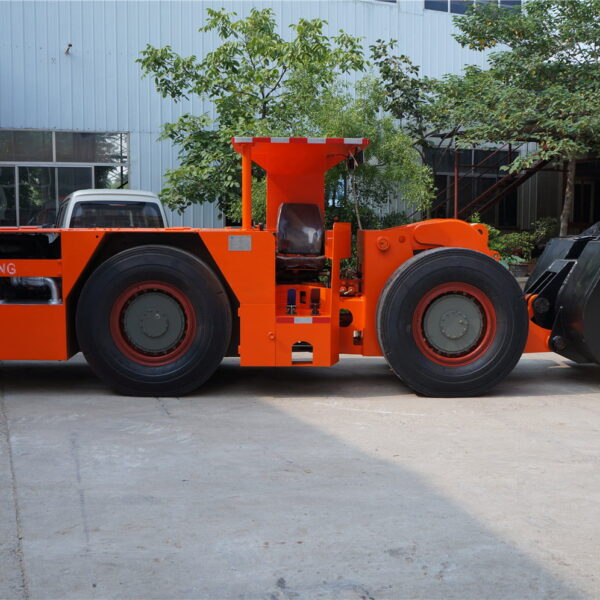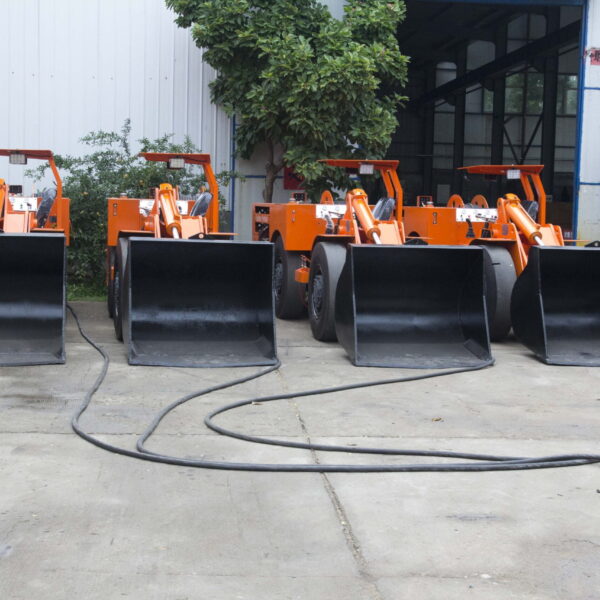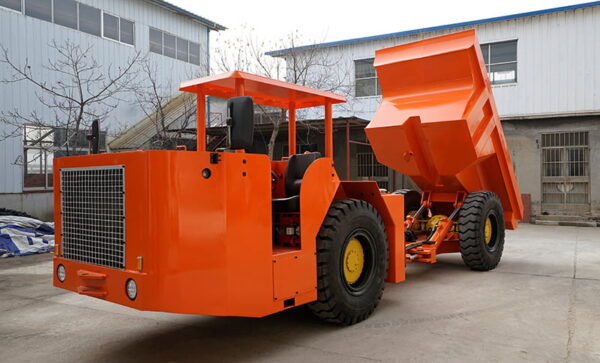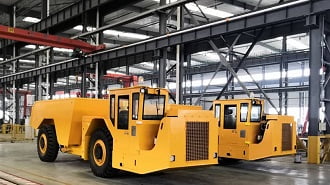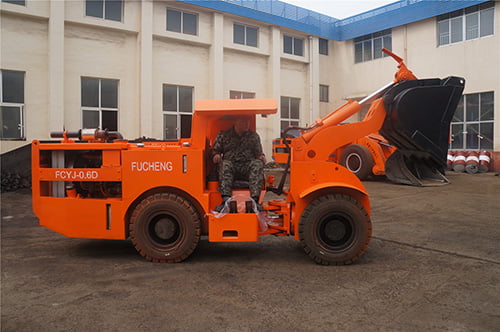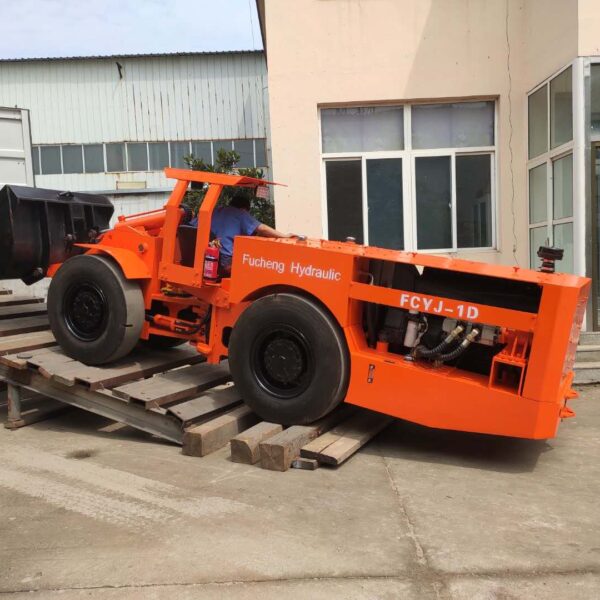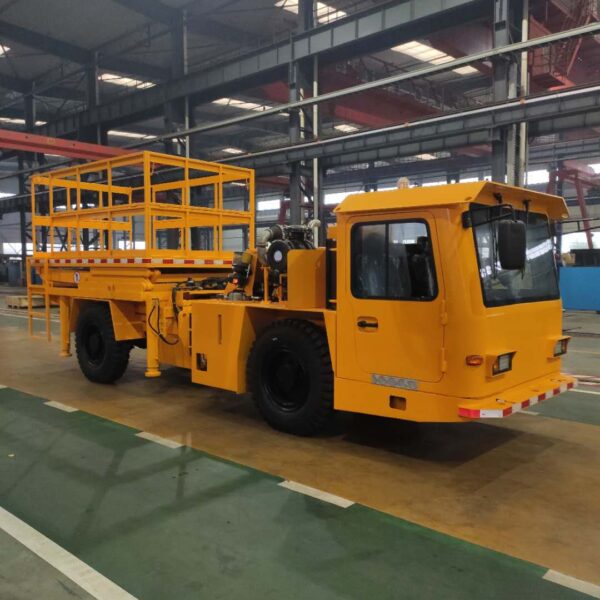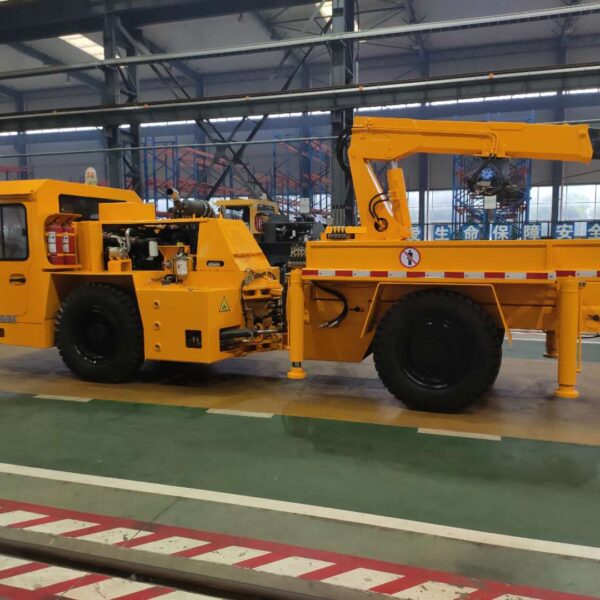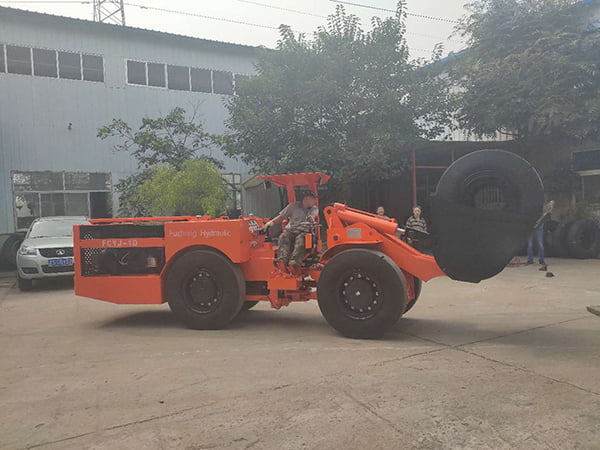Ventile helfen im Allgemeinen dabei, ein System vollständig zu öffnen oder zu schließen. Die Proportionalventile sind jedoch anders und geben uns mehr Kontrolle über den Durchfluss. Diese Ventile steuern variable hydraulische Leistungen. Sie sind nicht nur auf Ein- und Ausschaltfunktionen beschränkt. Ihre einzigartige Funktionalität hat uns dazu veranlasst, zu schreiben, wie hydraulische Proportionalventile funktionieren.
Die meisten Hydraulikventile arbeiten nicht mit elektrischen Signalen. Diese Proportionalventile funktionieren jedoch, indem sie den elektrischen Signalen folgen. Sie steuern den Ein- oder Ausfluss und die Menge der durchfließenden Flüssigkeit. Diese Funktionen machen ihren Mechanismus sehr komplex. Aber keine Sorge! Ich werde dir helfen, ihre Funktionsweise im Detail zu verstehen.
Überblick über hydraulische Proportionalventile
Proportionalventile arbeiten mit elektrischen Signalen. Ihr Hauptvorteil besteht darin, dass sie den Durchfluss der Hydraulikflüssigkeit regulieren können. Sie sind effizienter als herkömmliche Ein/Aus-Hydraulikventile. Sie helfen dabei, die genaue Durchflussmenge und den Druck des Durchflusses zu steuern. Mit einfachen Worten: Diese Ventile bieten eine vollständige Kontrolle, um eine variable Leistung zu erhalten.
Manchmal brauchen wir von Ventilen nur einfache Ein- und Ausschaltfunktionen, oder? In diesen Fällen sind normale Ventile völlig ausreichend. Es gibt jedoch einige Fälle, in denen die Steuerung des Flüssigkeitsstroms entscheidend ist. Zum Beispiel muss bei einigen Industrieanlagen der Durchfluss von Flüssigkeiten gesteuert werden. In solchen Fällen sind diese Proportionalventile sehr nützlich.
Außerdem können wir mit diesen Ventilen auch den Durchfluss oder den Druck von Flüssigkeiten einstellen. Die elektrischen Signale steuern die Funktion dieser Ventile. Erhöht man die Intensität des elektrischen Signals, steigt der Flüssigkeitsdurchfluss. Verringert man dagegen die Intensität des Signals, so verringert sich der Durchfluss. Dies hilft bei der Kontrolle des Durchflusses während des Betriebs von Maschinen.
Komponenten von hydraulischen Proportionalventilen
Wie bereits erwähnt, ist die Funktionsweise von Proportionalventilen sehr komplex. Es besteht aus mehreren Komponenten. Diese Komponenten oder Teile arbeiten harmonisch zusammen, um den ordnungsgemäßen Betrieb dieser Ventile zu gewährleisten. Jedes Problem in einem Teil würde diese Werte beeinträchtigen. Hier ist die Liste dieser Komponenten:
- Spule
- Frühling
- Magnetspule
- Elektronischer Controller
- Sensoren oder Rückmeldesystem
Diese Teile sind in ihrer Funktion sehr unterschiedlich. Der Schieber ist das Hauptteil, das sich bewegt, um den Durchfluss zu steuern. Andere Teile, wie der Magnet, die Feder und die Regler, sorgen für die richtige Bewegung des Schiebers. Im nächsten Abschnitt werde ich erklären, wie diese Ventile funktionieren.
Wie funktionieren hydraulische Proportionalventile?
Zunächst erzeugt der elektrische Regler ein elektrisches Signal. Dieses Signal ist der Schlüssel für das effiziente Funktionieren dieser Ventile. Dieses Signal in Form von Strom geht an den Magneten, der sich in der Nähe des Steuerkolbens befindet. Die Magnetspule nimmt den Strom auf und erzeugt durch die Wirkung des Stroms ein Magnetfeld.
Dieses Magnetfeld ist für die Bewegung des Steuerkolbens verantwortlich. Zur Erinnerung: Der Schieber ist der Teil, der im Ventil verbleibt. Wenn er sich bewegt, stoppt oder öffnet er den Weg der Flüssigkeit. Aber die Frage ist: Wie bestimmt dieser Schieber, wie viel Flüssigkeit fließen soll? Dieses Ventil steuert den Flüssigkeitsstrom mit Hilfe von elektrischen Signalen.
Stellen Sie sich vor, ein elektrisches Steuergerät sendet ein starkes elektrisches Signal. In diesem Fall erzeugt die Magnetspule ein stärkeres Magnetfeld. Dadurch wird die Bewegung des Steuerkolbens größer. Infolgedessen öffnet er sich und lässt mehr Flüssigkeit fließen. Infolgedessen wäre der Druck des Flüssigkeitsstroms hoch. Stellen Sie sich nun einen umgekehrten Fall mit einem kleineren elektrischen Signal vor.
In einem solchen Fall erzeugt die Magnetspule ein schwaches Magnetfeld. Aufgrund des schwächeren Feldes ist die Bewegung des Steuerkolbens nicht zu groß, so dass weniger Hydraulikflüssigkeit fließt. Denken Sie daran, dass der Kolben, wenn er sich leicht bewegt, im Flüssigkeitsweg bleibt und den Durchgang blockiert. Interessanterweise kann die Intensität des elektrischen Signals gesteuert werden. Wenn die Maschine also mehr Flüssigkeit benötigt, sendet das Steuergerät ein starkes Signal und umgekehrt.
Darüber hinaus können die Maschinen die Intensität der Signale während der Arbeit weiter erhöhen oder verringern. Dies hilft ihnen, den Flüssigkeitsstrom entsprechend ihren Bedürfnissen anzupassen. Auf diese Weise helfen diese Proportionalventile, den Durchfluss und den Druck in Echtzeit zu regulieren. Sie müssen den Flüssigkeitsdurchfluss nicht mehr manuell erhöhen oder verringern.
Was passiert, wenn Maschinen keine elektrischen Signale mehr senden? In diesem Fall erhalten die Magnete keinen elektrischen Strom. Es wird also kein Magnetfeld erzeugt. Daher zieht die Feder den Kolben zurück. Infolgedessen verschließt der Kolben den Weg der Hydraulikflüssigkeit. Es würde also keine Flüssigkeit fließen. Diese Ventile funktionieren nur, wenn ein elektrisches Signal vom Steuergerät kommt.
Die Rolle des Rückkopplungssystems bei der Arbeit von Proportionalventilen
Haben Sie schon einmal von der Präzision der hydraulischen Proportionalventile gehört? Das liegt an ihrem hervorragenden Rückkopplungssystem. Aber die Frage ist, wie funktioniert dieses System? Proportionalventile bestehen aus einigen Sensoren. Diese Sensoren erkennen ein Problem, wenn das Ventil in Betrieb ist. Liegt ein Problem vor, senden die Sensoren eine Rückmeldung an die Steuergeräte, um die Einstellung vorzunehmen.
So kommt es beispielsweise vor, dass Magnete zwar ausreichend Strom erhalten, aber nur schwache Magnetfelder erzeugen. Sensoren erkennen dieses Problem, und das Steuergerät sendet solide elektrische Signale. Die Magnetspule erzeugt jedoch kein ausreichendes Magnetfeld. Dann sendet das Steuergerät ein stärkeres Stromsignal, um das Problem zu beheben. Dies ist nur ein Beispiel, das Ihnen helfen soll zu verstehen. Sensoren können alle Arten von Fehlern und Problemen erkennen.
Schnelles Highlight: Diese Ventile funktionieren perfekt, um alle Anforderungen zu erfüllen. Tritt eine Störung auf, müssen das Ventil oder seine Komponenten möglicherweise ausgetauscht werden. Das Rückmeldesystem erkennt die Störung schnell. Es kann das Problem entweder durch Anpassung der Signalstärke lösen. Bei schwerwiegenden Problemen müssen Sie das defekte Bauteil austauschen.
Anwendungen und Einsatzbereiche von hydraulischen Proportionalventilen
Hydraulische Proportionalventile sind aufgrund ihrer Effizienz sehr beliebt. Sie ermöglichen es, den Flüssigkeitsstrom zu stoppen oder zu regeln und den Druck der Hydraulikflüssigkeit einzustellen. Die Regulierung des Durchflusses oder Drucks ist für verschiedene Maschinen manchmal von größter Bedeutung.
Außerdem benötigen einige Maschinen einen konstant höheren Flüssigkeitsdurchfluss, oder? In solchen Fällen sind diese Ventile sehr nützlich, um den Durchfluss zu steuern. Zum Beispiel verwenden viele Roboter diese Ventile, um die Bewegung ihrer Ventile zu steuern. Während der Armbewegung ist ein hoher Flüssigkeitsdurchfluss erforderlich. Ein starkes elektrisches Signal wird an das Magnetventil gesendet. Infolgedessen wird ein starkes Magnetfeld erzeugt.
Dieses starke Magnetfeld bewegt die Spule leicht. Diese Bewegung führt dazu, dass der Flüssigkeitsweg geöffnet wird. Diese Ventile ermöglichen also eine bessere Kontrolle über den Durchfluss und den Druck. Die Maschinen entscheiden je nach Bedarf über die Leistung. Hier finden Sie eine Liste weiterer Anwendungen dieser Proportionalventile:
- CNC-Maschinen und Roboter-Arme
- Hydraulische Servolenkung (Automobil)
- Hydraulische Systeme für Flugzeuge (Luft- und Raumfahrt)
- Bagger und Lader (Bauwesen und Bergbau)
- Hydraulische Pressen (Fertigung und Metallbearbeitung)
- Spritzgießmaschinen (Kunststoffherstellung)
Schlussfolgerung
Hydraulische Proportionalventile sind von höchstem Wert. Sie helfen, den Durchfluss und den Druck von Hydraulikflüssigkeit zu regulieren. Ventile arbeiten im Allgemeinen nicht 1000% präzise. Hydraulische Proportionalventile zeichnen sich jedoch durch ihre Effizienz aus. Der Grund dafür ist, dass sie über ein Echtzeit-Rückmeldesystem verfügen, das ein korrektes Funktionieren gewährleistet.
Wenn also ein Teil defekt ist, beheben die Maschinen das Problem. Das macht diese Ventile einzigartig. Ihr Einsatz in vielen komplexen Maschinenserien und Robotersystemen nimmt zu. In diesem Artikel habe ich alles zum Thema hydraulische Proportionalventile behandelt. Lesen Sie weiter und erfahren Sie alles über die Feinheiten.


